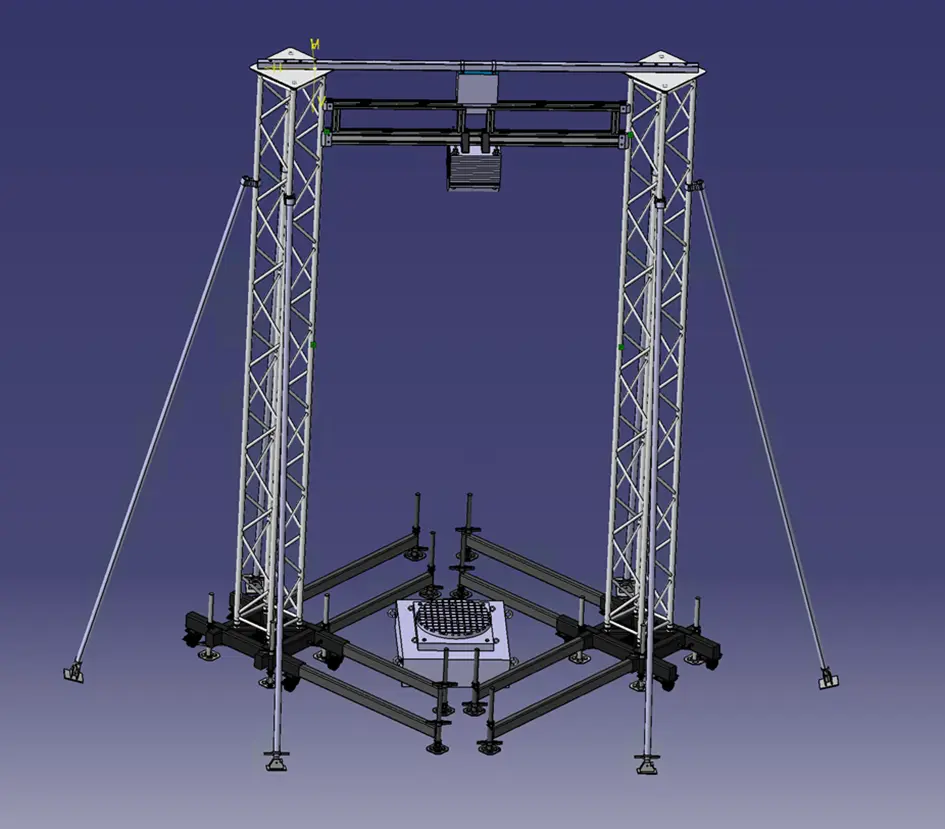The collaborative research project " Crash safety of HV batteries and electric vehicles" (CRAVE) aims to investigate the mechanical-electrical stability of high-voltage (HV) components under near-crash dynamic loads. For this purpose, a suitable test bench will be set up and tests carried out. The tests are intended to provide insights into the mechanical-electrical resistance to near-crash loads. The focus here is particularly on components that carry both high and low voltages. The aim is to investigate whether a short circuit occurs between the two voltage levels in the event of a crash.
The next aim is to derive a reduced-order model that enables the integrity of the HV components to be assessed after a load. In the future, the model will be used to assess the safety of electric vehicles involved in accidents.
The overall objective of the project is to further increase the safety and social acceptance of electric vehicles.
The project's focus in the first phase is to set up the aforementioned test bench to enable crash tests with the HV components. Due to the high safety risk involved in tests with up to 800 V, THI has an off-campus area at its disposal. A drop tower will be built there so that the tests can be conducted safely.
Once the test rig has been set up, several series of tests will be carried out with the HV components. After each test, the damage and effects on the HV components will be examined, and if necessary, further safety measures will be implemented and tested directly. From this, the relationship between the mechanical stress and the mechanical-electrical resistance of the components can be determined to achieve the first goal of the project.
In the final step, the reduced-order model will be derived from the test series and validated holistically for electric vehicles to achieve the second objective mentioned above.





![[Translate to English:] Logo Akkreditierungsrat: Systemakkreditiert](/fileadmin/_processed_/2/8/csm_AR-Siegel_Systemakkreditierung_bc4ea3377d.webp)








![[Translate to English:] Logo IHK Ausbildungsbetrieb 2023](/fileadmin/_processed_/6/0/csm_IHK_Ausbildungsbetrieb_digital_2023_6850f47537.webp)


